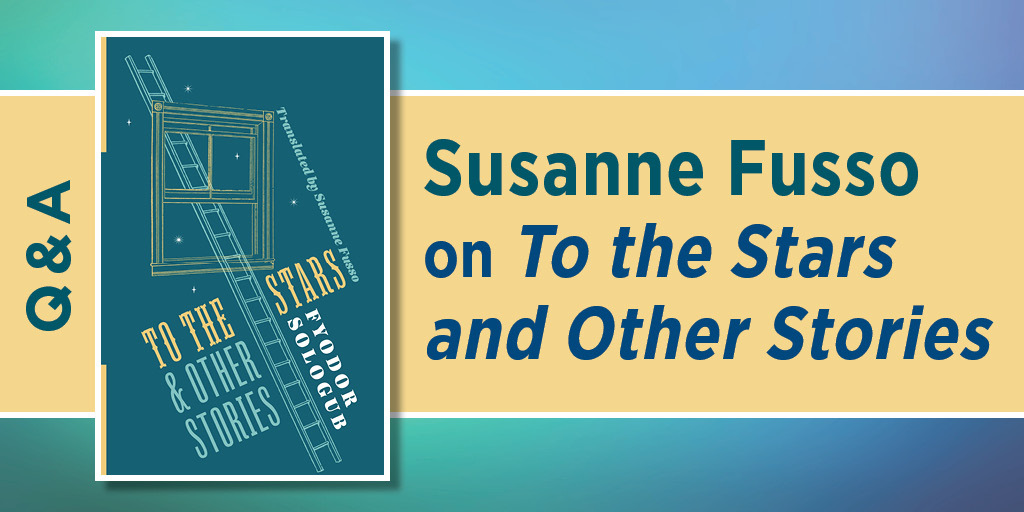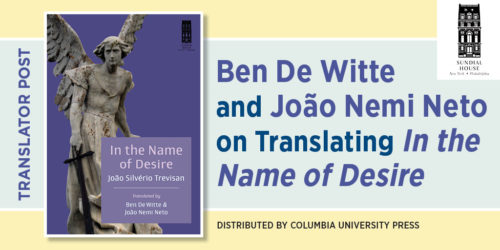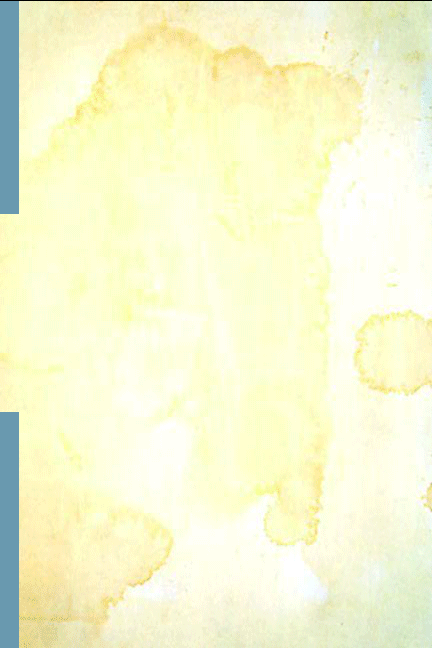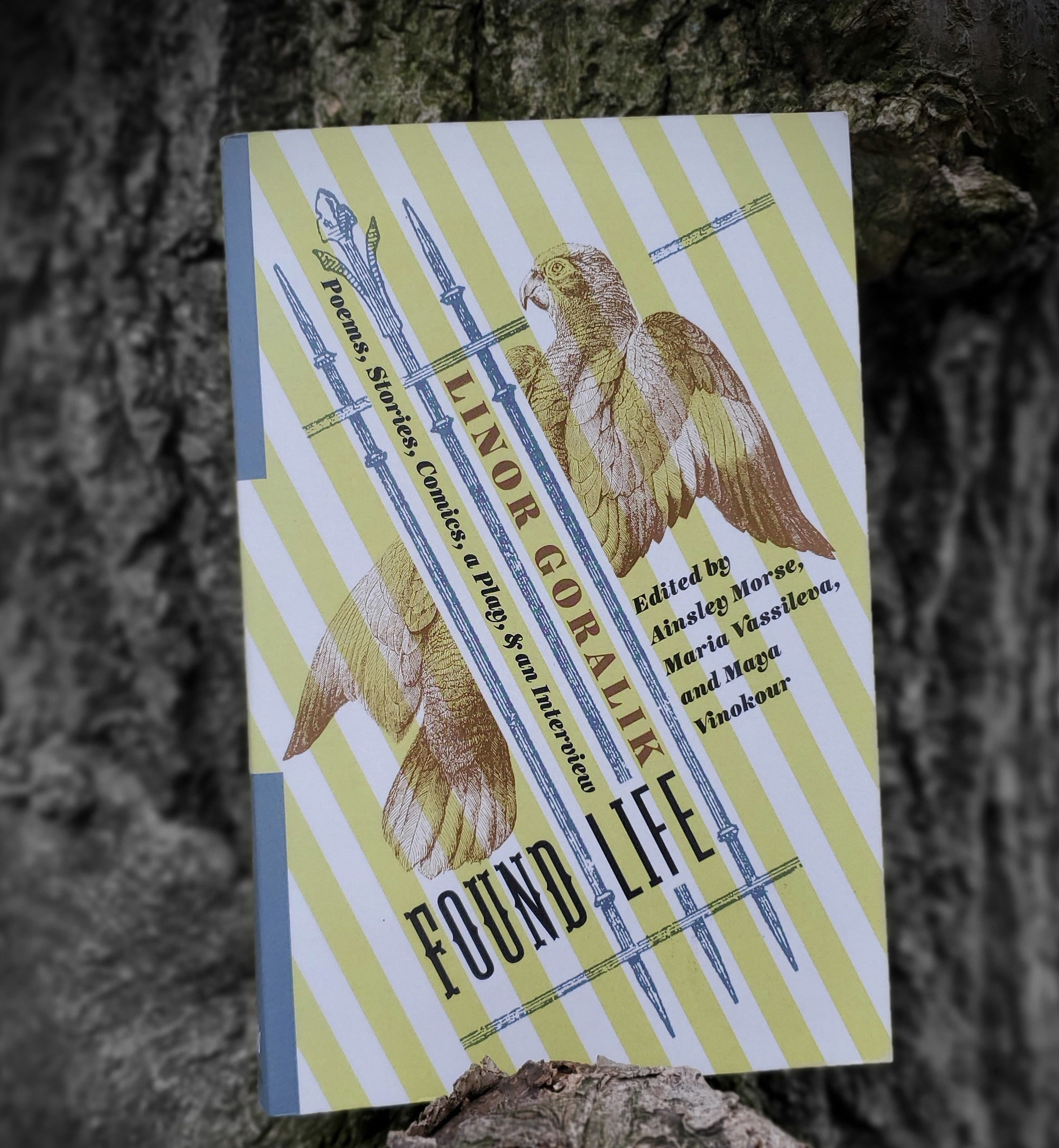Q&A: Susanne Fusso on To the Stars and Other Stories

Though you may not recognize his name, Fyodor Sologub was a renowned Russian Symbolist writer and poet credited with bringing morbid realism into eastern European literature. To the Stars and Other Stories showcases Sologub’s iconic writing through short stories, presenting a blend of tradition,inventive language, and groundbreaking exploration of sexuality. In this Q&A, Susanne Fusso, translator of our English-language edition of these stories, delves into the life and craft of this now-obscure figure in Russian literary history.
Q: Who was Fyodor Sologub? Why was he important?
Susanne Fusso: Fyodor Sologub is the pseudonym of Fyodor Kuzmich Teternikov (1863-1927), the son of a peasant tailor and a housemaid who started his career as a high school teacher in the provinces before making his way into the refined literary circle of the Russian Symbolists in St. Petersburg. Before the revolutions of 1917, Sologub was so prominent that his complete works were published twice, and he gave lecture tours throughout Russia. He was a superb poet, but his 1907 novel The Petty Demon, which weds the novelistic tradition of Gogol’s Dead Souls with a supremely Decadent linguistic inventiveness and sexual perversity, made him famous. Sologub was also a prolific short-story writer. His stories are marked by interest in the spontaneously joyful but also sorrowful world of children, frank discussion of (sometimes unconventional) sexuality, and celebration of the individual’s ability to create an existence beyond what meets the eye.
Q: If he was so well-known in his lifetime, why have I never heard of him?
Fusso: Although he sympathized with the aims of the revolution, Sologub could not conform to the rigid control of art and literature that was imposed by the Bolsheviks. He and his wife Anastasia Chebotarevskaya, who was a talented critic and translator, tried to get permission to leave the country. Permission was granted and then rescinded, and the anxiety led Anastasia to commit suicide in 1921. Sologub stayed in the Soviet Union, but his publishing career was over. His works, which did not conform to the doctrine of socialist realism, were largely forgotten in the Soviet period. The revival of interest in Symbolist writers in the late twentieth century did not focus on Sologub (apart from The Petty Demon). In part, To the Stars and Other Stories is my attempt to enlarge understanding of Sologub’s wide-ranging literary accomplishment.
Q: What are the most engaging aspects of these stories for you as a translator?
Fusso: As a master poet, Sologub loved to play with language, using punning as a vehicle for meanings that transcend the mundane. This kind of linguistic play is a challenge for the translator, but also great fun to reproduce in another language. I was also intrigued by the way Sologub uses the Symbolist idea of “life creation,” in which art and life are merged. In these stories, “life creation” is engaged in by a man who advertises for a woman to impersonate his death (“Death by Advertisement”), a seamstress who finds a liberating energy in “becoming” a dog and howling at the moon (“The White Dog”), a club of young girls who masquerade as the grieving fiancées of recently deceased men they’ve never met (“The Saddened Fiancée”), and a woman who invites random men to embody her abusive husband once a year on the anniversary of his death (“The Lady in Shackles: A Legend of the White Nights”). The story I translated first, “The Kiss of the Unborn Child,” is a sympathetic portrayal of a woman who has had an abortion. This subject is very rarely mentioned in Russian literature before the late twentieth century, and I was impressed by Sologub’s sensitive treatment of it. Sologub said that Anastasia Chebotarevskaya was his “constant collaborator”—she coauthored one of the stories in this collection—and his depth of understanding of women characters is a striking feature of his work.
Q: What sort of experience do these stories give a reader?
Fusso: Sologub’s stories are very emotionally direct. They include touchingly precise visual descriptions of landscape and of the human body; biting humor, particularly in the “Little Fairy Tales,” the short prose poems that end the collection; and unsparing depictions of the spiritual and physical torments suffered by children in a vicious world. Ultimately, I would describe the experience of Sologub’s prose as ineffably beautiful but also painful in making the reader confront human cruelty and banality. But for Sologub, the enchantment of art and imagination always transcends the ugliness of life, and that credo is embodied in these stories.







